ADHD Or TikTok Trends? Differentiating The Symptoms

Table of Contents
Understanding the Core Symptoms of ADHD
ADHD is a neurodevelopmental disorder characterized by persistent patterns of inattention, hyperactivity, and impulsivity. These symptoms significantly interfere with daily functioning and can manifest differently in individuals. Accurate diagnosis requires a professional evaluation.
Inattention
Inattention in ADHD isn't simply daydreaming; it's a consistent struggle to maintain focus. Key symptoms include:
- Difficulty sustaining attention in tasks or play: Struggling to complete schoolwork, chores, or even engaging in hobbies.
- Frequently not listening when spoken to directly: Appearing to be "tuned out" even when someone is directly addressing them.
- Often failing to follow through on instructions and failing to finish schoolwork, chores, or duties in the workplace: Tasks are started but rarely completed, leading to frustration and incomplete work.
- Often having difficulty organizing tasks and activities: Struggling with planning, prioritizing, and managing time effectively. This can manifest as a messy workspace or disorganized schedule.
- Often avoids, dislikes, or is reluctant to engage in tasks that require sustained mental effort: Tasks that require concentration are often avoided or put off until the last minute.
- Often loses things necessary for tasks or activities: Misplacing important items like keys, wallets, or school materials regularly.
- Is often easily distracted by extraneous stimuli: Minor distractions significantly impact focus and concentration.
- Is often forgetful in daily activities: Forgetting appointments, commitments, or even basic daily routines.
Hyperactivity and Impulsivity
Hyperactivity and impulsivity are the other core components of ADHD. These symptoms can range from excessive fidgeting to difficulty controlling actions.
- Often fidgets with or taps hands or feet or squirms in seat: Constant movement, even when sitting still is expected.
- Often leaves seat in situations where remaining seated is expected: Difficulty remaining in one place for extended periods, such as during class or meetings.
- Often runs about or climbs excessively in situations where it is inappropriate: Excessive physical activity in settings where it's not acceptable. This can be more subdued in adults, manifesting as restlessness.
- Often has difficulty playing or engaging in leisure activities quietly: Difficulty participating in quiet activities, preferring more stimulating and active ones.
- Is often “on the go” acting as if “driven by a motor”: A constant feeling of needing to be active and doing something.
- Often talks excessively: Difficulty controlling the urge to talk, often interrupting others.
- Often blurts out answers before questions have been completed: Impulsivity in responding before fully understanding a question or situation.
- Often has difficulty waiting their turn: Impatience and difficulty waiting for their turn in line or in conversations.
- Often interrupts or intrudes on others: Interrupting conversations or activities without considering the impact on others.
TikTok's Impact on Attention and Behavior
While TikTok can be entertaining, its design can influence behavior in ways that may superficially resemble ADHD symptoms. It's crucial to understand these differences.
Short-Form Video Consumption
The addictive nature of short-form videos can lead to a preference for immediate gratification and difficulty focusing on longer tasks. This is a learned behavior, not a neurological condition. The constant stream of new content makes it challenging to sustain attention on anything else.
Social Comparison and FOMO (Fear Of Missing Out)
Constant exposure to curated content creates a pressure to stay updated, leading to anxiety, restlessness, and a feeling of needing to constantly check for new posts. This mirrors impulsivity but stems from social pressure, not ADHD.
Distraction and Dopamine Release
TikTok's algorithm is designed to maximize engagement through frequent dopamine releases. This can lead to difficulty focusing on less stimulating activities, similar to some ADHD symptoms, but is a response to external stimuli, not an inherent neurological issue.
Differentiating ADHD from TikTok-Related Behaviors
The key difference lies in consistency, severity, and overall impact on daily life.
Consistency and Persistence
ADHD symptoms are persistent and pervasive across multiple life areas. TikTok-related behaviors are usually context-dependent, primarily linked to platform usage. Stopping TikTok use generally reduces these behaviors.
Severity and Impairment
ADHD significantly impacts daily functioning, relationships, and academic or professional success. TikTok use might cause some disruption, but rarely to the same degree as ADHD.
Professional Diagnosis
A proper ADHD diagnosis requires a comprehensive evaluation by a healthcare professional, including a detailed assessment of symptoms, history, and functional impact. Self-diagnosis based on online information is unreliable.
Conclusion
While some TikTok-related behaviors might superficially resemble ADHD symptoms, understanding the underlying causes is crucial. The persistent nature, significant impact on daily life, and the need for professional assessment are key differentiators. If you're concerned about your attention, focus, or hyperactivity, don't self-diagnose. Seek professional help to determine if you have ADHD or if your challenges are related to other factors. Understanding the difference between ADHD and TikTok trends is essential for appropriate support and management. If you suspect you or someone you know might have ADHD, seek a professional diagnosis to receive appropriate treatment and support. Remember, accurately differentiating between ADHD and TikTok-related behaviors is crucial for effective intervention.

Featured Posts
-
 Culture Departments Annual Canoe Awakening Celebration
Apr 29, 2025
Culture Departments Annual Canoe Awakening Celebration
Apr 29, 2025 -
 Exclusive Goldman Sachs Insights Helping Countries Respond To Trumps Tariffs
Apr 29, 2025
Exclusive Goldman Sachs Insights Helping Countries Respond To Trumps Tariffs
Apr 29, 2025 -
 Tariffs Cause 9 Billion Dow Project Delay In Alberta
Apr 29, 2025
Tariffs Cause 9 Billion Dow Project Delay In Alberta
Apr 29, 2025 -
 Zuckerbergs New Chapter Navigating The Trump Presidency
Apr 29, 2025
Zuckerbergs New Chapter Navigating The Trump Presidency
Apr 29, 2025 -
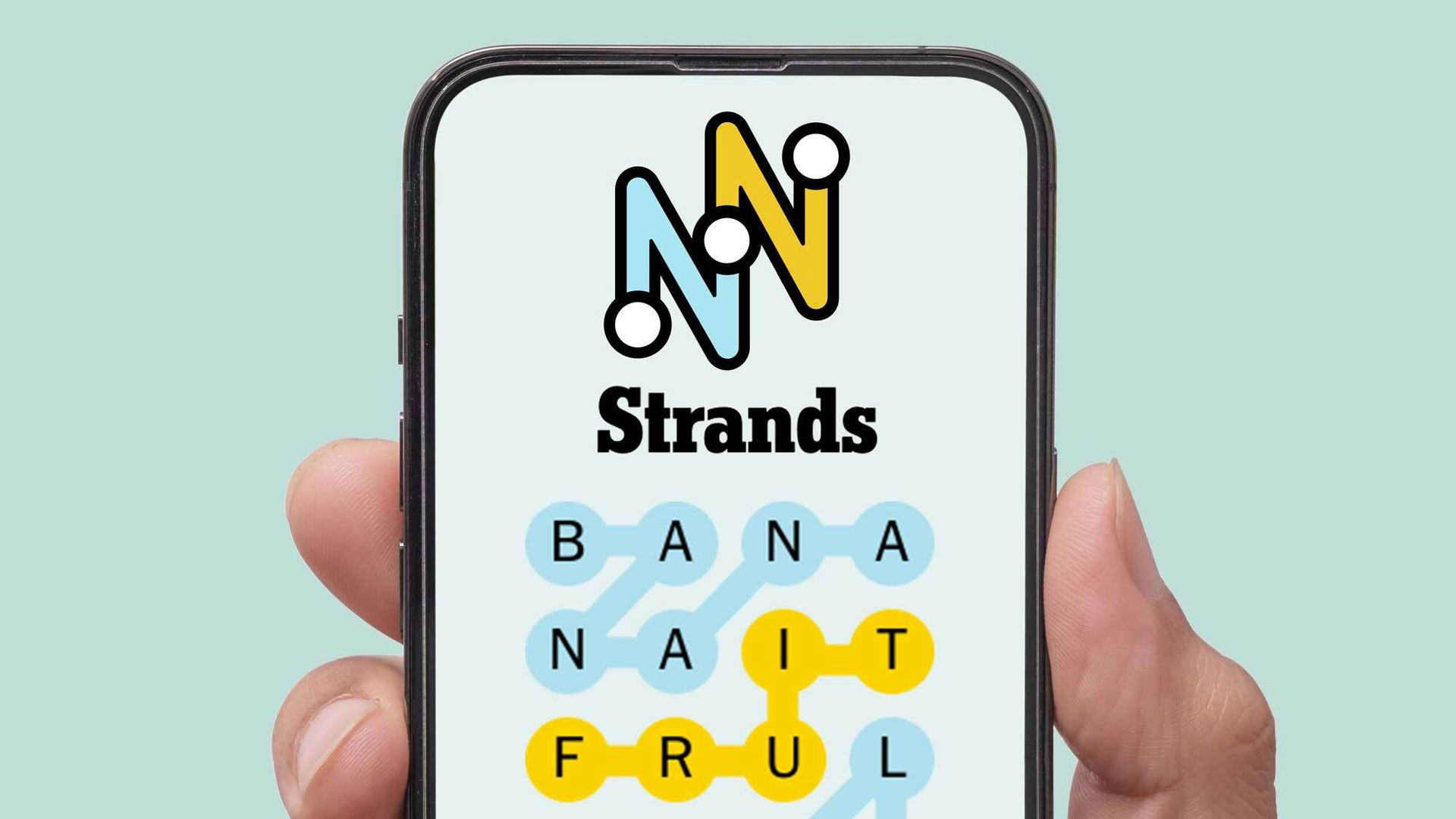 Nyt Spelling Bee February 28 2025 Clues Answers And Spangram
Apr 29, 2025
Nyt Spelling Bee February 28 2025 Clues Answers And Spangram
Apr 29, 2025
Latest Posts
-
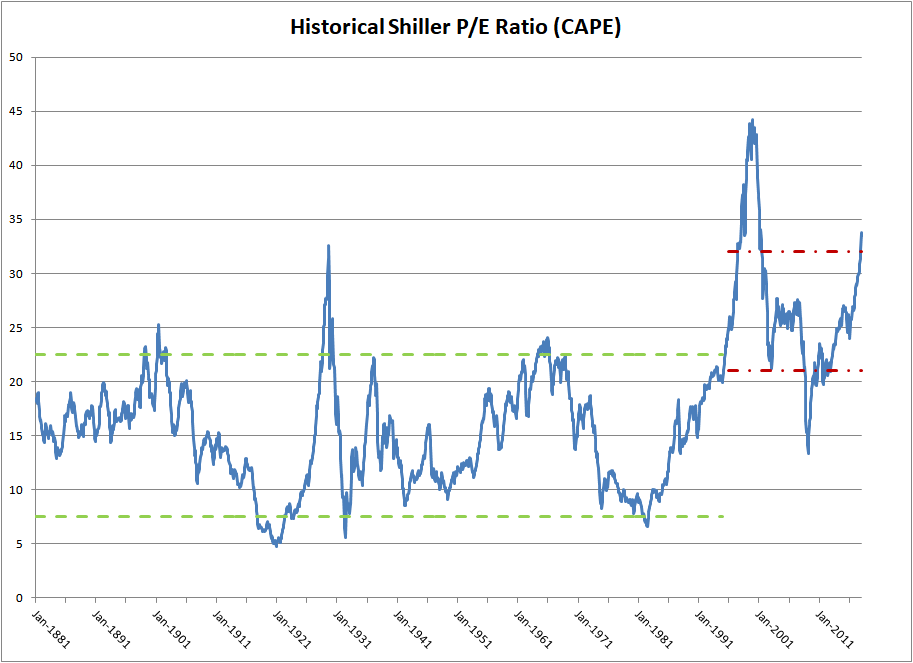 Elevated Stock Market Valuations Why Bof A Remains Confident
May 12, 2025
Elevated Stock Market Valuations Why Bof A Remains Confident
May 12, 2025 -
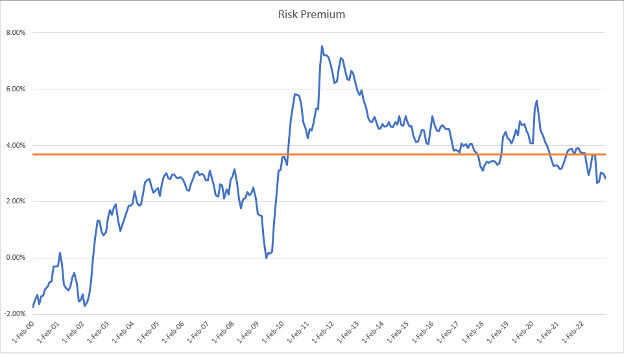 High Stock Valuations Bof As View And Investor Implications
May 12, 2025
High Stock Valuations Bof As View And Investor Implications
May 12, 2025 -
 Bof A On Stock Market Valuations Why Investors Shouldnt Panic
May 12, 2025
Bof A On Stock Market Valuations Why Investors Shouldnt Panic
May 12, 2025 -
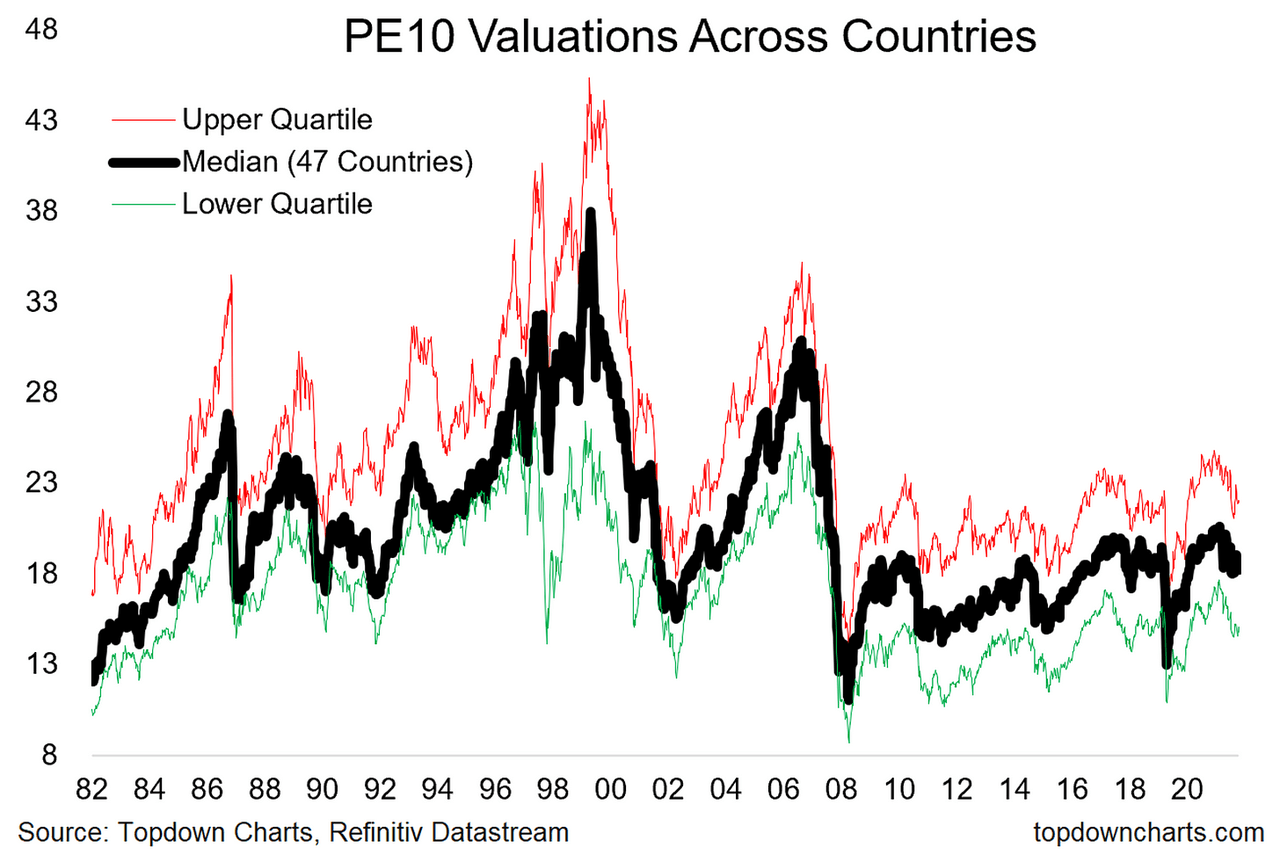 Stock Market Valuations Bof As Reassurance For Investors
May 12, 2025
Stock Market Valuations Bof As Reassurance For Investors
May 12, 2025 -
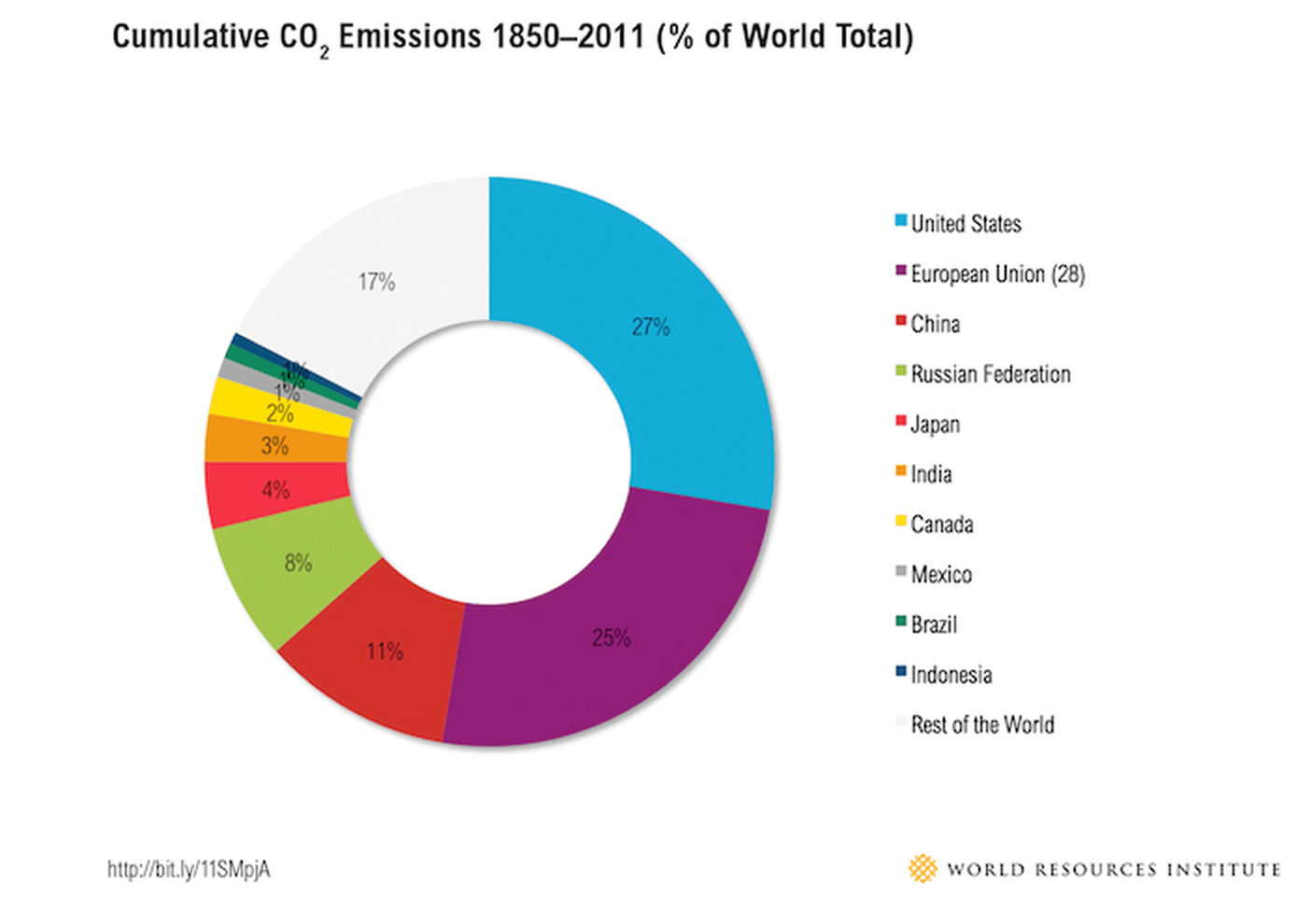 Analyzing Trumps Stance On Cheap Oil Implications For The Energy Sector
May 12, 2025
Analyzing Trumps Stance On Cheap Oil Implications For The Energy Sector
May 12, 2025
